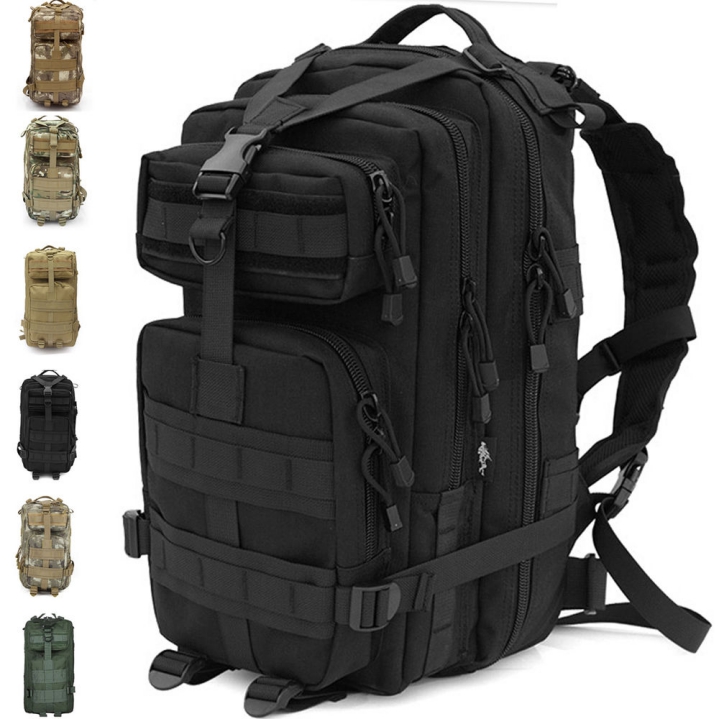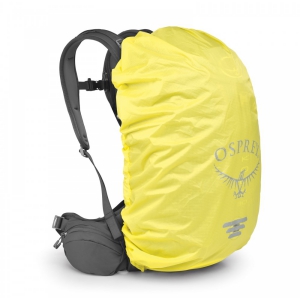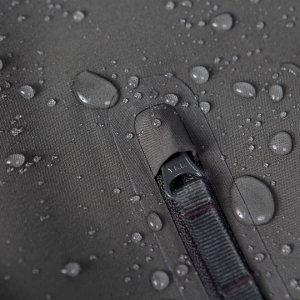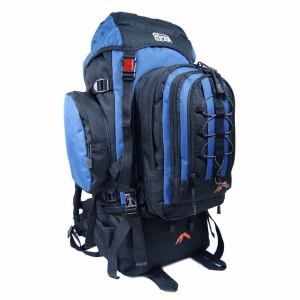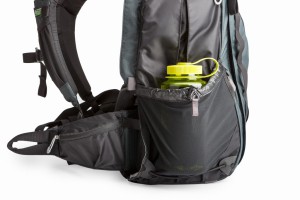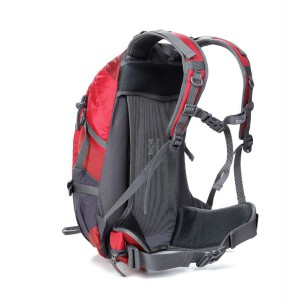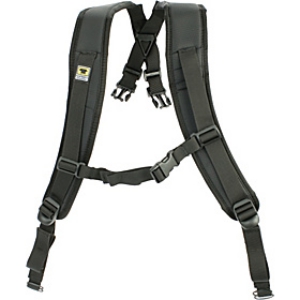You’ve probably considered buying a backpack at some point or another. Whether you planned on using it for hiking, trekking, camping or travelling, the backpack is a critical and portable source of storage which will help you carry your belongings. Backpacks come in various shapes, sizes and prices. Do not be fooled by some of the backpacks with exceptionally high prices. There are particular features to look out for which will be explained below, but first, what is a backpack?
- There are small backpacks which are usually considered to be ‘carry-on’ bags. This smaller version of the backpack is meant to carry little weight. Typically these bags are measured by the amount of litres they can carry. A good sized small backpack is usually in the range of 20 to 30 litres. I personally own a couple and I mainly use them to keep all my important belongings when travelling, including the passport, camera, wallet and any other important stuff. This bag is always with me, wherever I go.
- The larger backpacks on the other hand are considered to be another form of luggage and a very good option when travelling to countries with hotter climates. They are generally significantly larger than the small backpacks. From a measurement point of view, they also make use of the litre system. Usually this variation of a backpack can store up to 60 to 85 litres. I currently own one and I highly recommend that you take note of the following requirements when choosing a travel backpack.
How to buy a good backpack
Hydration Compatible
This feature is extremely useful for trekking or going on hikes. The idea behind it is to give the traveller a way to store water while on the go. This feature can be found in a number of new backpacks on the market and the hydration mechanism is usually made up of three main parts; the core component is the bladder, which is the place water is stored in. The second part is the pipe or hose which allows the carrier to pull water from the bladder. The third part is the bite valve which helps push back the water into the bladder. This feature is generally considered a nice to have and it isn’t critical when buying a backpack.
Rain Cover
As the name implies, always look out for a rain cover when purchasing a backpack (small or large). Having a cover helps you tremendously in torrential rain and it could easily help you save your bags’ contents and electronics. Rain covers are usually located at the top of the backpack, tucked away under a zipped compartment. These covers usually come in a bright, highlighter colour which is easily seen from the sky if you get lost.
Water Resistant
While the rain cover offers some decent protection, it is extremely important to go for a water resistant backpack. Without a doubt, it will cost you however it will cost you much more if all the contents in your pack are drenched. The cost you incur is totally dependent on the materials used to create the backpack, ideally making it 100% waterproof. If you are buying a backpack for the first time, make sure that it is 100% waterproof or you will regret not buying it that way.
Base zipper
This zipper is located at the base of the backpack. I’ve found this to be extremely useful as it makes organizing and removing items from your backpack easier, without the need of removing most of your belongings. Make sure you have this feature, you will appreciate having it.
Lockable zippers
Lockable zippers are important as they provide a little security against someone trying to get into the bag. A high-end travelling backpack usually comes with lockable zippers which are also waterproof. Be on the lookout for this when checking out the various options you have available in your local store or online.
Detachable day-pack
Some backpacks come equipped with a small backpack which can be latched or connected to the larger one, making it one whole unit. Having this is useful as you can just zip up (and lock) the small carry-on backpack to the larger one instead of carrying around two bags. If you plan on moving around a town or city, you can leave your big backpack in the hotel or hostel and travel around with just the small backpack.
Expanding side pockets
These pockets are very useful to store bottles while you are on the go. Having these pockets eliminates the need to physically carry bottles with your hands. To drink you can just reach out to the bottle, drink and slide it back into the pocket. These pockets are very useful when trekking or hiking. Unless some form of secure zip protects these pockets, I do not recommend that you use them for holding important documents or other valuable items. The elastic, top part of the pocket is meant to hold bottles securely.
Internal compartments
When buying a backpack, one of the most important features to look out for is the way the internal layout is divided. If space is limited, with little to no compartments, then don’t go for it. Having multiple compartments will allow you to divide your personal items into different sections. When I travelled to Thailand, I stored my trainers at the bottom of the backpack since most of the time I was wearing my beach sandals. The base zipper compartment however allowed me to change shoes very quickly when I needed them. Moreover, internal compartments are useful for organizing your other stuff, such as travel documents and clothes.
Back, padding and mesh support
When buying a backpack, especially if it is the first time that you are doing so, I recommend that you physically drop by the shop to see the available options. The best place to go to is probably a camping or survival store. They are usually equipped with the best options, so save yourself some time. I also suggest making sure the backpack has enough padding all throughout, especially in the back area.
Straps
High quality backpacks always have straps. These straps are very useful when you’re carrying the backpack. There are many types of straps out there, just make sure the ones you are looking at contain some form of padding and clipping feature. The backpack must have at least a chest and a waist strap which will maximize good posture.
